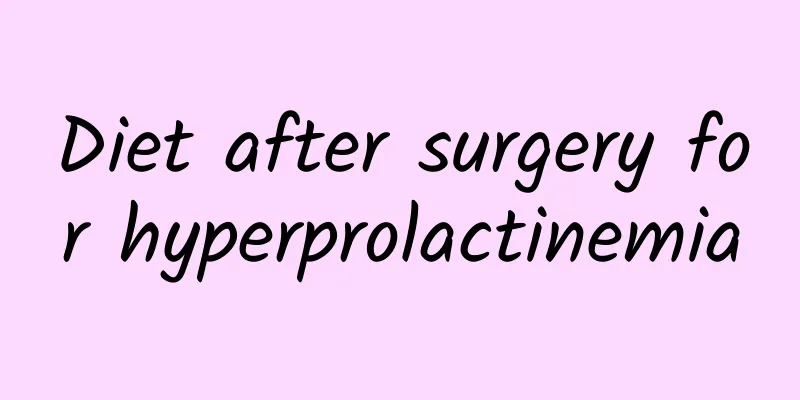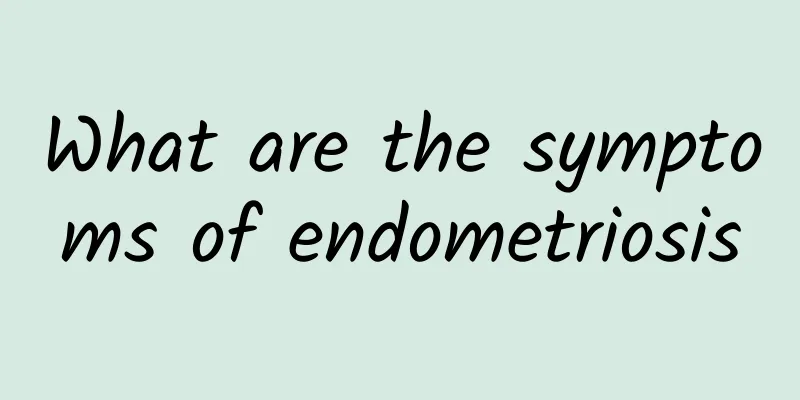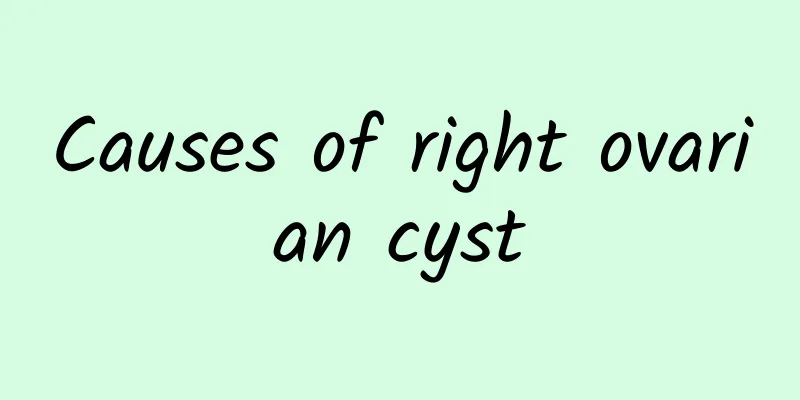Diet after surgery for hyperprolactinemia

|
Hyperprolactinemia still needs to be properly adjusted after surgery. In addition to paying attention to living habits and lifestyles, and adjusting hygiene and environment, the most important thing is the arrangement of diet. Which foods are nutritious and beneficial to postoperative recovery, and which foods are taboo and will have side effects. All of these are very important. So, what should be the diet for hyperprolactinemia one month after surgery? Dietary arrangements for postoperative hyperprolactinemia Diet after surgery for hyperprolactinemia is very important. Female friends who have undergone surgery must know what to eat after surgery for hyperprolactinemia, what to eat to recover quickly, and what to eat is the most nutritious? After surgery for hyperprolactinemia, patients should avoid gas-producing foods such as milk and beans. On the second day, they should switch to semi-liquid food and get up and move around. After the intestinal function is fully restored, they should switch to normal food. Secondly, patients with hyperprolactinemia should also eat various anti-prolactin foods. At the same time, patients with hyperprolactinemia should increase their protein intake after surgery. Protein can help wounds heal quickly and increase physical strength. You can choose fish because fish is easier to digest and absorb than fish. Also eat an appropriate amount of vegetables and fruits. Vegetables and fruits are rich in minerals and vitamins, which can improve their own resistance and help wounds heal quickly. Drink more water. Avoid eating greasy food after surgery for hyperprolactinemia. Because fat will accumulate, the wound cannot heal quickly, and the resistance to bacteria will also be weakened. At the same time, do not eat foods that are easy to cause bloating after surgery for hyperprolactinemia. For example, onions, soy products and cabbage. In addition, if infection occurs after surgery, you should eat more foods such as celery, mung beans, rapeseed, sesame, buckwheat, red beans, and Chinese toon. If the patient has abdominal pain and bloating after surgery, you can eat more tangerine cakes, pork kidneys, chestnuts, hawthorn, walnuts, chestnuts, and bayberries. |
<<: What foods should not be eaten by people with hyperprolactinemia
>>: What should people with hyperprolactinemia eat for three meals a day?
Recommend
What foods should people with bacterial vaginosis not eat?
Bacterial vaginosis is the most common gynecologi...
What fruits are good for bacterial vaginosis?
As society keeps pace with the times, the various...
What are the aspects of the examination method for Bartholinitis?
Bartholinitis is a common disease among women. It...
What are the main manifestations of the harm of cervical warts?
As we all know, cervical warts are a very harmful...
What to do if adenomyosis and adenomyoma are combined
What to do if adenomyosis is combined with adenom...
What is the cause of heavy menstrual bleeding in adenomyosis?
Adenomyosis is a diffuse or localized lesion form...
How to treat mild cervical erosion? Timely treatment
Cervical erosion can be mild or severe. Many peop...
The use of drugs for threatened abortion should be scientific and reasonable
Threatened abortion reminds expectant mothers to ...
What factors cause irregular menstruation?
Menstruation accompanies women for most of their ...
A cup of cocoa a day may reduce risk of dementia
According to statistical analysis, the top three ...
What are the common symptoms of cervical erosion?
What are the common symptoms of cervical erosion?...
Cervical precancerous lesions medication guide
Women are important members of the family. Work, ...
Ovulation bleeding and urinary discomfort
Ovulation bleeding accompanied by urinary discomf...
Can wormwood fumigation of the vulva treat cervical erosion?
The age of cervicitis is mostly between 40 and 50...
What are the treatments for vulvar leukoplakia?
What are the treatments for vulvar leukoplakia? C...









